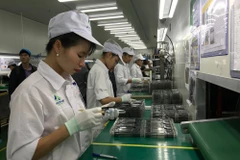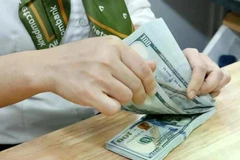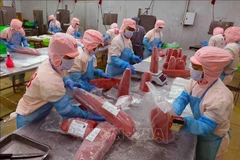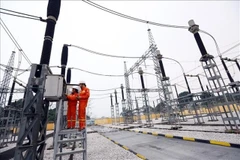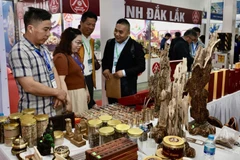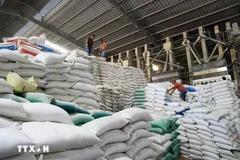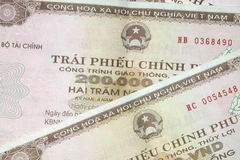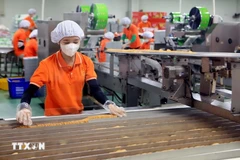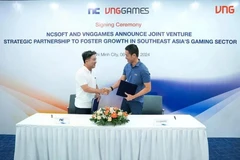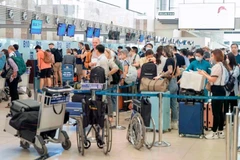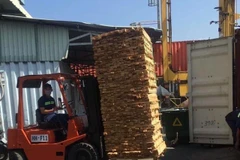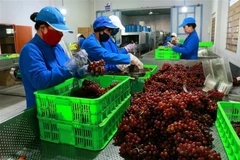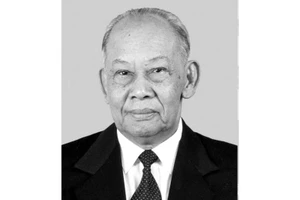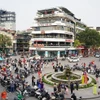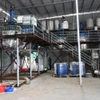According to the Vietnam Cashew Association (Vinacas), the plantationarea fell from nearly 440,000ha in 2007 to 360,000ha now.
Vietnam now ranks third in the world, down one spot, and is expectedto drop further to the fourth position, after India, the Ivory Coast andBrazil, Vinacas said.
Nguyen Duc Thanh, Vinacas'schairman, said the unstable price of cashew nuts and low productivityhad prompted many farmers to replace their cashew trees with otherindustrial ones.
Although many farmers produce ahigh-yield cashew, the cultivation areas of this type of cashew remainedsmall compared to the total cashew cultivation area, he said.
"Most of the cashew cultivation areas have not received proper caring techniques, and offered low yields," he said.
"Vietnam has processed about one million metric tonnes of raw cashewnuts a year, but domestic production has met only 50 percent of thedemand."
It annually imports about 500,000 tonnesof raw cashews from other countries, of which imports from Africancountries accounted for 300,000 tonnes, he said.
At acashew buyers and sellers meeting in Ho Chi Minh City last week, manyAfrican raw cashew suppliers also called on Vietnamese firms to investin processing the nut in their countries. African countries, as aresult, would limit the exports of raw cashew in the future, making ithard for local processing firms to import the raw materials, Thanh said.
Hoang Quoc Tuan, director of the AgriculturePlanning Centre, said the cashew industry must change its developmentoutlook.
"Previously, we thought that cashew treesshould be plant in areas that are not suitable to plant other trees.This should be changed, just cultivate it at suitable areas," he said.
In addition, advanced science and technology shouldbe used in cashew cultivation to improve productivity and productquality, he said.
Nguyen Trong Thua, head of theAgro-Forestry Processing and Salt Industry Department, said the cashewindustry, which is one of nine major farm production industries, wouldbe restructured under the general policy of the agricultural industry.
The cashew industry must focus more on more research to create seedlings with a high productivity, he said.
Localities should develop zoning plans for cashew cultivation areasand help farmers with planting techniques and other support to increaseincomes for farmers, which would contribute to ensure a stable materialzone for the cashew industry, he said.
Vietnamexpects to export about 250,00 tonnes of cashew nut this year for avalue of 1.55 billion USD. Including the exports of cashew kernel oil,export revenue could top more than 1.8 billion USD, Thanh said.-VNA

